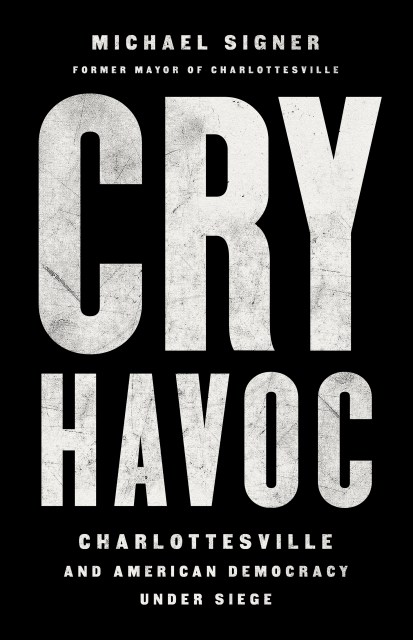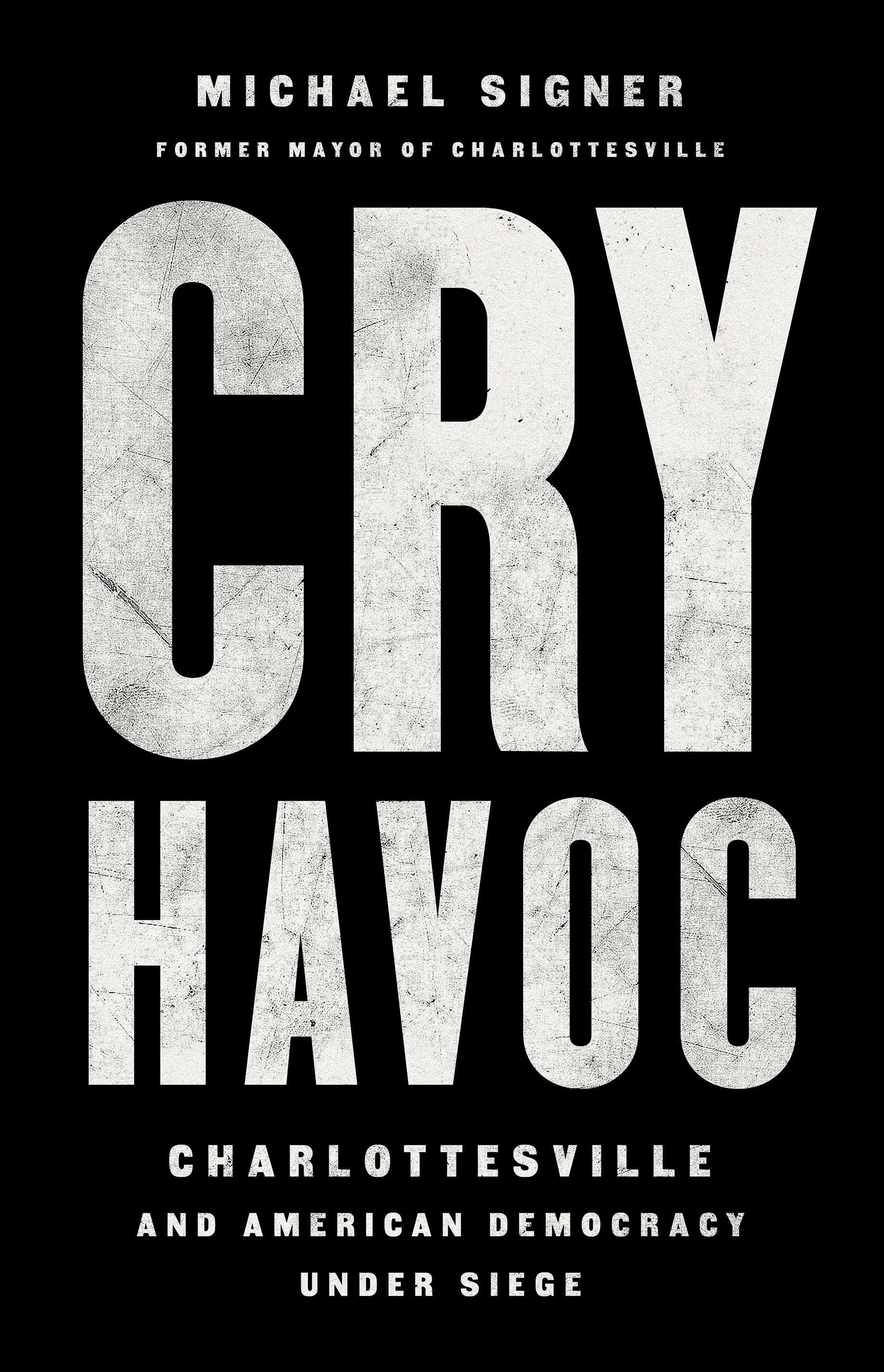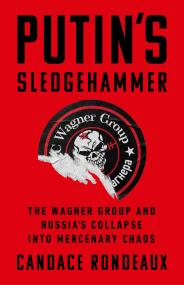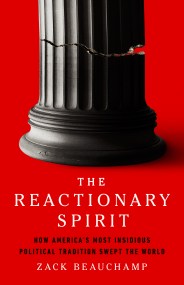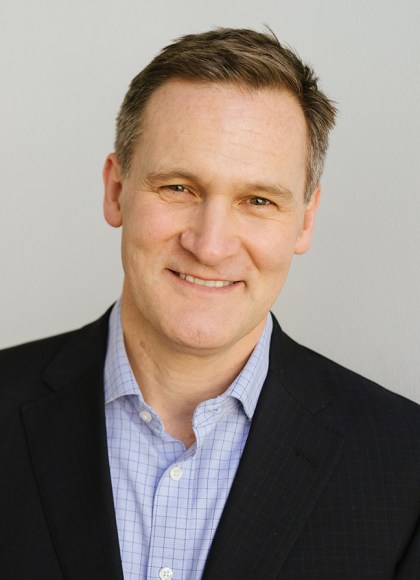Promotion
Use code BEST25 for 25% off storewide. Make sure to order by 11:59am, 12/12 for holiday delivery!
By clicking “Accept,” you agree to the use of cookies and similar technologies on your device as set forth in our Cookie Policy and our Privacy Policy. Please note that certain cookies are essential for this website to function properly and do not require user consent to be deployed.
Cry Havoc
Charlottesville and American Democracy Under Siege
Contributors
Read by Michael Signer
Read by Corey Carthew
Formats and Prices
- On Sale
- Mar 10, 2020
- Publisher
- Hachette Audio
- ISBN-13
- 9781549184369
Format
Format:
- Audiobook Download (Unabridged)
- ebook $17.99 $22.99 CAD
- Hardcover $28.00 $35.00 CAD
This item is a preorder. Your payment method will be charged immediately, and the product is expected to ship on or around March 10, 2020. This date is subject to change due to shipping delays beyond our control.
Buy from Other Retailers:
- Reconcile free speech with the need for public order?
- Maintain the values of pragmatism, compromise, even simple civility, in a time of intensification of extremes on the right and the left?
- Address systemic racism through our public spaces and memorials?
- Provide accountability after a crisis?
-
"[D]eeply introspective... [Signer] offers a thorough analysis of the 'shortcomings' of First Amendment law and the failures of policing. He emerges as a well-intentioned, proactive figurehead... A complex, disturbing, valuable tale of racial disharmony, government failure, and one man's frantic attempts to save the day."Kirkus Reviews
-
"[O]ffers a first-person chronicle of events that dramatically pits the First Amendment (free speech) against public order. How are they reconciled? That to a great extent is Signer's story. His narrative adds a much needed depth and perception... stress[ing] where American democracy stands in light of Charlottesville and continuing racial events of today."The Daily Press
-
"A valuable case study for civic government and ethics collections."Library Journal
-
"Highly Recommended."Buzzfeed News
-
"A reflective insider account ... Michael Signer, then mayor of Charlottesville, worked mightily, as his book Cry Havoc makes clear, to try to avert the white supremacist standoff that took the life of Heather Heyer and tarnished the name of his town. ... Signer grapples with the limits of the First Amendment and ... raises thoughtful questions with no easy answers. Should provocateurs be given demonstration permits when their objective is to provoke? Signer offers a long rumination on his efforts to stay true to a freedom he holds dear while not giving energy to people who repulse him. ...The mayhem on the streets of Charlottesville bruised the idealism of Signer, who had grand ambitions of remaking the normally tranquil college town into a capital of the resistance against the politics of President Trump."New York Times
-
"Mike Signer had a unique vantage point on one of the inflection points of our time: the white-supremacist rallies and violence in Charlottesville in 2017. In this important new book, he explores where we've been, where we are, and--most important--where we should be headed if we can summon our better angels."Jon Meacham, author of The Soul of America
-
"Fascinating."Michel Martin, NPR's "All Things Considered"
-
"Michael Signer's Cry Havoc goes behind the scenes as neo-Nazis descended on Charlottesville, Virginia in August 2017, transforming a small college town into an international flashpoint of extremist hatred and racial confrontation. The former mayor recounts, from his firsthand vantage point, the events of that tragic and dramatic weekend. This well-written, disturbing volume serves as a warning about what may be coming in America's increasingly divided society. We would be wise to heed the lessons of Charlottesville before one small city's dreadful conflict becomes the blueprint for violence from coast to coast."Larry Sabato, director, UVA Center for Politics
-
"A report from the frontlines of Trump's America. Polarization, race, politicized memory, violence, and good-willed efforts of citizens and politicians to navigate it all. Mike Signer gives us his on-the-ground view of 'Charlottesville under siege' revealing the deep vulnerabilities and promise of American democracy."Daniel Ziblatt, Harvard University, coauthor of How Democracies Die
-
"Cry Havoc vividly recounts the disturbing events in Charlottesville and reminds us that the battle to preserve our democratic institutions is an enduring part of our national experience. Essential reading in a time of national peril."Robert Dallek, author, of An Unfinished Life: JFK, 1917-1963
-
"Former Charlottesville Mayor Mike Signer, in providing an account of the tribulations in the lead-up to and aftermath of the Unite the Right rally, demonstrates the pain and struggle of a community defending itself from hate and constructing a collective path together toward a vision of belonging. He also offers an intimate glimpse into what it takes to carry the immense weight of responsibility and accountability to the public amid such turbulence. In doing so, Signer gives his readers firsthand insight into the necessary conflict that is at the heart of true bridging. But that through compassion, faith, and commitment to one another, extremism can be overcome toward a broad expansion of the circle of human concern."John A. Powell, director of the Haas Institute for a Fair & Inclusive Society, University of California, Berkeley
-
"Charlottesville, Virginia, my hometown, is now an emblem and a microcosm of the tensions and divisions roiling our nation. Mayor Michael Signer found himself in the center of a growing brushfire that culminated in the murderous Unite the Right demonstration in August 2017. Here he tells a difficult, unsparing, but often engrossing story that illuminates just how hard it can be to face our past while also finding a healing and hopeful path forward."Anne-Marie Slaughter, CEO, New America
-
"Since the Unite the Right rally, I have tried to understand the events around the murder of my daughter. Cry Havoc is an important narrative of Charlottesville, providing unique insights to help make sense of the senseless, and moving us to a place of hope and courage."Susan Bro, cofounder and president, Heather Heyer Foundation
-
"Incredibly compelling. Cry Havoc connects a richly detailed personal story of local politics with national trends that should scare us all."P. W. Singer, author of LikeWar: The Weaponization of Social Media
-
"Cry Havoc chronicles how Charlottesville, VA, was torn apart by violence and murder in the summer of 2017 and how the small town has come together to heal since then. By telling the deep story of the rally that shocked the world, Mike Signer, the mayor of Charlottesville and an influential political theorist, not only takes us deep inside the life of one small American town; he points to lessons that could inspire the whole country to move towards a better future."Yascha Mounk, author of The People vs. Democracy
-
"Mike Signer held the front and center seat during Charlottesville's darkest moments when our nation's democracy, values, and rule of law faced the worst of challenges. His brilliant, inspiring, accurate, and timely account is a must-read for every American concerned about the future of democracy, the civility of our discourse, and the harm of extremism."Khizr Khan
-
"Mike Signer does something remarkable in Cry Havoc. He takes responsibility. With candor and integrity, he describes his actions, his omissions, his ambitions, and his limits as a mayor in the midst of a consuming public crisis. This book will make every reader ask, 'What would I do? What choices would I make?' And it will make every reader a more wise and skillful citizen."Eric Liu, CEO, Citizen University and author of You're More Powerful Than You Think: A Citizen's Guide to Making Change Happen
Newsletter Signup
By clicking ‘Sign Up,’ I acknowledge that I have read and agree to Hachette Book Group’s Privacy Policy and Terms of Use
